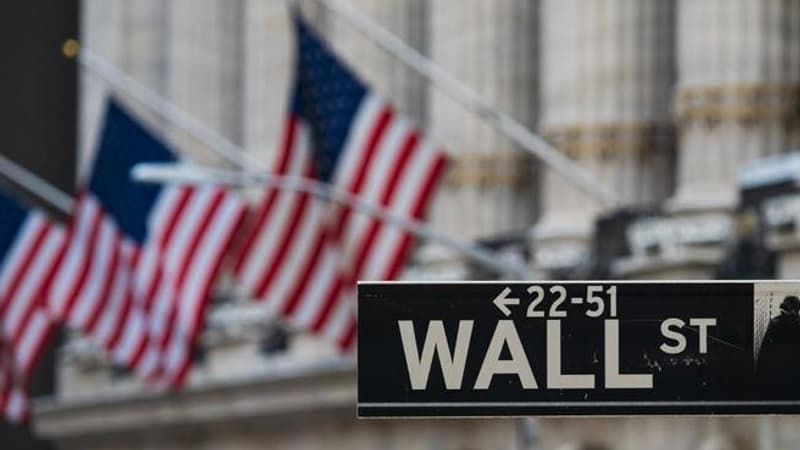Stock markets celebrated the announcement of a stronger-than-expected slowdown in US inflation in October on Thursday, a surprise that dragged the dollar lower, triggered a sharp easing in the bond market and lifted Wall Street indices.
The Dow Jones index rose 3.70% and the Nasdaq jumped an unprecedented 7.35%. The S&P 500 soared 5.54%, posting its best session since the start of the pandemic. The good news on inflation dispelled the uncertainties that had plagued traders the day before, on the electoral front.
After opening in red, the European indices accelerated after the announcement of a drop in US consumer prices: the Frankfurt Stock Exchange rose 3.51%, the Parisian market gained 1.96% and the London one 1 .08%. Inflation slowed in the United States in October, to 7.7% year-on-year from 8.2% in September, its lowest level since January 2022, a sign that the measures adopted by the central bank (Fed) could start to bear fruit.
“Almost everyone thinks that inflation is over”
“Investors, forecasters, households, the Federal Reserve, almost everyone in the United States thinks that inflation has passed or is passing its peak,” observes Bruno Cavalier, chief economist at Oddo BHF. A turning point, “after two years of only skidding prices (…)” and “finally a figure that can give the Federal Reserve (Fed) an argument to slow the pace of its rate hikes”, he continued. .
For Peter Cardillo of Spartan Capital Securities, this jump in the indices could mean “the end of the bear market.” But, according to Bruno Cavalier, the question is “how fast can inflation come down in the United States.” US President Joe Biden himself has warned that returning to normal levels will take “time”.
The Fed has raised its benchmark rates sharply since March to curb rising prices. In early November, it increased its main key rate for the fourth consecutive time by three-quarters of a percentage point to take it to a range between 3.75% and 4%, the highest in almost 15 years. The continuation of the monetary tightening cycle is not in doubt for the market, but given the decline in US inflation, it is beginning to be seen that the US central bank could slow down from its next meeting in mid-December.
The dollar depreciates, the bond melts
In this perspective, government bond yields melted like snow in the sun: the US ten-year rate of 2.16%. The dollar slumped on Thursday against the pound and to a lesser extent against the euro, following a sharp turnaround in US inflation.
At around 19:50 GMT, the greenback was down 2.92% at $1.1690 per pound, the British currency hitting its highest level since late August. The dollar sank 3.32% against the Japanese currency to 141.77 yen per dollar, its highest level for the yen since September 6. As for the euro, it was up 1.68% at $1.0179 per euro, the European currency hitting a high since mid-August against the greenback.
On the cryptocurrency side, bitcoin rallied 10.52% to $17,387, after starting the session at its lowest level since November 2020 at $15,574. The downfall of trading platform FTX, which was to be bailed out by rival Binance before the latter threw in the towel, it has caused Bitcoin to lose nearly a fifth of its value since Sunday.
vigorous technology
Tech megacaps soared like Facebook parent company Meta (+10.25% to $111.87), Apple (+8.90% to $146.87), or even Google parent company Alphabet (+7.75). % to $94.17). In Europe, this was the case for Zalando (+13%) and Delivery Hero (+18%) in Frankfurt, while Dassault Systemes and Worldline gained more than 7% in Paris.
oil goes up
Oil prices have risen, also reassured by the fall in inflation, which may be synonymous with a reactivation of energy consumption. The barrel of Brent from the North Sea for delivery in January 2023 advanced 1.10% to 93.67 dollars. A barrel of US West Texas Intermediate (WTI) for December delivery rose 0.74% to $86.47.
Source: BFM TV


